Home>Interior Design>How Do I Make My Rooms Look Professionally Decorated?
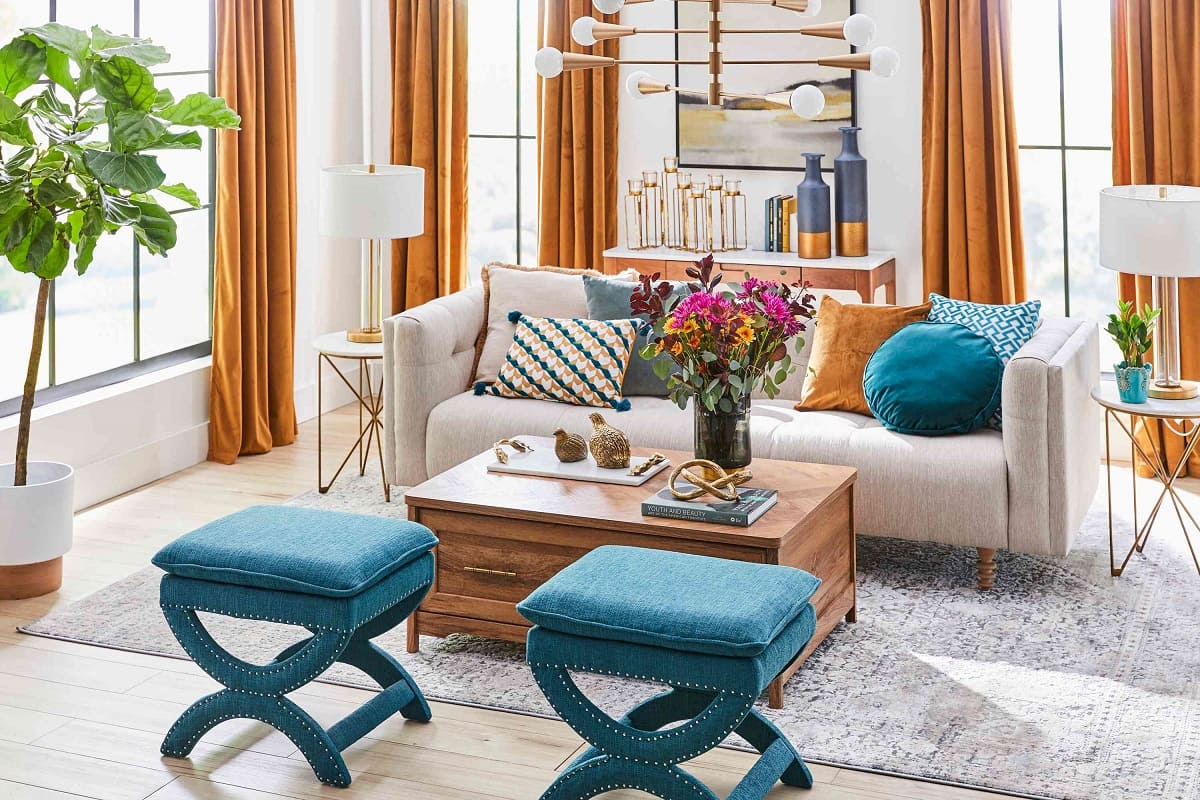

Interior Design
How Do I Make My Rooms Look Professionally Decorated?
Modified: January 19, 2024
Learn the secrets of professional interior design and transform your rooms into beautifully decorated spaces with our expert tips and guidance. Enhance your home's aesthetics today!
(Many of the links in this article redirect to a specific reviewed product. Your purchase of these products through affiliate links helps to generate commission for Storables.com, at no extra cost. Learn more)
Introduction
Are you looking to transform your home into a space that exudes professionalism and sophistication? One key aspect of achieving a professionally decorated look is understanding the fundamentals of interior design. By incorporating key design principles and techniques, you can elevate the aesthetic appeal of your rooms and create a cohesive and visually pleasing environment.
In this article, we will explore various strategies to help you make your rooms look professionally decorated. Whether you are starting from scratch or simply want to enhance the current look of your space, these tips will set you on the right path.
Remember, the key to successful interior design is finding a balance between aesthetics and functionality. You want to create rooms that not only look beautiful but also serve their intended purposes. So, let’s delve into the world of interior design and discover how to achieve a professionally decorated space.
Key Takeaways:
- Elevate your space with a professionally decorated look by choosing the right color scheme, furniture placement, and incorporating window treatments and lighting. Balance aesthetics and functionality for a cohesive and visually appealing environment.
- Transform your rooms into visually captivating spaces by carefully coordinating patterns and textures, creating a focal point, and incorporating plants and greenery. Declutter and organize to enhance the professional look and functionality of your space.
Choosing a Color Scheme
One of the first steps in making your rooms look professionally decorated is choosing the right color scheme. The colors you select will set the tone and atmosphere of the space, so it’s important to choose wisely.
Start by considering the purpose of the room. Is it a living room where you want to create a cozy and inviting atmosphere? Or is it a home office where you need to foster focus and productivity? Understanding the intended use of the space will guide your color selection.
Neutral colors such as white, beige, and gray are versatile and timeless. They create a clean and sophisticated backdrop for any room. If you prefer a more vibrant look, consider incorporating bold accent colors through accessories, artwork, or furniture.
When choosing a color scheme, it’s also essential to consider the room’s size and natural lighting. Light colors can make a small room appear more spacious, while darker hues can add coziness to a large open space. Additionally, natural light can affect how colors appear, so assess how different shades look under different lighting conditions.
Remember, a professionally decorated room often incorporates a cohesive color palette. Consider using the 60-30-10 rule, which suggests selecting a dominant color to cover 60% of the space, a secondary color for 30%, and an accent color for the remaining 10%. This approach creates visual harmony and prevents overwhelming the room with too many disparate colors.
Overall, choosing the right color scheme is a crucial step in achieving a professionally decorated look. It sets the foundation for the overall aesthetic and ambiance of the space, so take the time to select colors that align with your desired style and function of the room.
Furniture Placement and Layout
Once you have determined the color scheme of your room, the next step in achieving a professionally decorated look is to consider furniture placement and layout. How you arrange your furniture can greatly impact the functionality and visual flow of the space.
Start by assessing the size and shape of the room. This will help you determine the types and sizes of furniture that will fit comfortably within the space. Avoid overcrowding the room with too much furniture, as it can make the space feel cramped and cluttered.
Consider the focal point of the room. This can be a fireplace, a large window, or a stunning piece of artwork. Arrange your furniture in a way that draws attention to this focal point. For example, in a living room, position the sofa and chairs to face the fireplace or a TV. This creates a conversation area and makes the room feel more inviting.
Another important aspect to consider is traffic flow. Ensure that there is enough space for people to move around the room freely without bumping into furniture. Arrange your furniture in a way that allows for easy movement and promotes a natural flow.
Add variety and interest by mixing furniture styles and sizes. A room filled with matching furniture can appear bland and uninspiring. Instead, mix different pieces to create texture and visual appeal. For example, pair a sleek modern sofa with a vintage armchair to add depth to the room.
Don’t forget about the importance of functional furniture. Consider the purpose of the room and select furniture that fulfills those needs. In a bedroom, choose a comfortable and supportive mattress, a spacious wardrobe, and a cozy reading chair. In a home office, invest in a functional desk and an ergonomic chair.
Lastly, pay attention to the scale and proportion of your furniture. Aim for a balance between larger and smaller items, avoiding any extreme discrepancies. This will create a visually pleasing and harmonious environment.
By carefully considering furniture placement and layout, you can transform your space into a professionally decorated room that is both functional and aesthetically pleasing.
Window Treatments and Lighting
Window treatments and lighting play a crucial role in enhancing the overall ambiance and functionality of a room. They can elevate the look of your space and create a professionally decorated atmosphere.
Start by selecting window treatments that align with the overall style and mood of your room. Consider factors such as privacy, light control, and visual appeal. Options range from classic curtains and drapes to blinds, shades, and shutters. Choose fabrics and textures that complement your color scheme and add visual interest to the room.
When it comes to lighting, a combination of natural and artificial lighting is key to achieving a professionally decorated look. Natural light brings a sense of warmth and vitality to a space, so make sure to maximize the amount of natural light entering the room. Keep window treatments light and sheer to allow ample sunlight to filter through.
In addition to natural light, incorporate a mix of ambient, task, and accent lighting. Ambient lighting provides overall illumination, task lighting is focused on specific areas where activities take place, and accent lighting highlights architectural features or artwork.
Consider the different lighting needs for each room. For example, in a living room, a combination of recessed ceiling lights, floor lamps, and table lamps can create a cozy and inviting atmosphere. In a kitchen, under-cabinet lighting and pendant lights above the island can provide functional and stylish illumination.
Use lighting fixtures as design elements. Select fixtures that complement the overall style of the room, whether it’s modern, traditional, or eclectic. Lighting fixtures can serve as focal points and add a touch of sophistication to your space.
Don’t underestimate the power of dimmers. Installing dimmer switches allows you to adjust the level of lighting according to the time of day and the desired mood. Dimming lights can create a more relaxed and intimate ambiance in the evening.
Incorporating window treatments and proper lighting techniques not only enhances the overall look of the room but also improves the functionality and comfort of the space. By paying attention to these details, you can achieve a professionally decorated atmosphere that is visually pleasing and inviting.
Wall Decor and Artwork
Wall decor and artwork are essential elements in creating a professionally decorated look. They add personality, visual interest, and a finishing touch to your space. With careful thought and consideration, you can transform your walls into captivating focal points.
Start by selecting artwork that resonates with your personal style and complements the overall theme of the room. Whether you prefer abstract paintings, photography, or traditional art, choose pieces that evoke emotion and add dimension to the space. Consider the size and scale of the artwork in relation to the wall and surrounding furniture.
When hanging artwork, aim for eye-level placement. This ensures that the pieces are easily visible and creates a harmonious balance within the room. If you have multiple pieces of art, consider creating a gallery wall by arranging them in a visually appealing configuration. Mix different sizes, shapes, and styles to create an eclectic and captivating display.
In addition to artwork, consider incorporating other types of wall decor such as mirrors, wall clocks, and floating shelves. Mirrors can create the illusion of a larger space and reflect natural light, while wall clocks add a functional and decorative element. Floating shelves provide an opportunity to display small decorative objects and plants, adding depth and personality to the room.
Another option to consider is the use of wallpaper or wall decals. They can add texture, pattern, and a sense of luxury to your walls. Choose designs that coordinate with your overall color scheme or create a statement wall with a bold and eye-catching pattern.
Remember to balance the wall decor with the furniture and other elements in the room. Avoid overcrowding the walls with too many pieces or overwhelming patterns. Create a sense of harmony and cohesion by spacing out the wall decor and allowing each piece to stand on its own.
Lastly, don’t forget to take advantage of negative space. Sometimes, leaving a wall empty can create a powerful impact and allow the eye to rest. Use negative space strategically to highlight your favorite pieces of artwork or to create a sense of balance within the room.
By carefully selecting and arranging wall decor and artwork, you can transform your walls into visually captivating elements that enhance the overall professional look and feel of your space.
Read more: How Can I Make My Small Room Look Expensive?
Adding Textiles and Accessories
When it comes to achieving a professionally decorated look, the use of textiles and accessories plays a significant role. These elements add texture, color, and personality to your space, giving it a finished and polished appearance.
Start by choosing textiles that complement the overall style and color scheme of your room. This includes items such as curtains, area rugs, throw pillows, and blankets. Consider the texture and material of these textiles to create a sense of depth and visual interest. For example, a plush velvet pillow or a cozy faux fur blanket can add a luxurious touch to your space.
When selecting textiles, aim for a mix of patterns and colors. Don’t be afraid to experiment with different combinations, but be mindful of creating cohesion and balance within the room. You can choose complementary or contrasting colors to create dynamic visual appeal. Incorporating patterns such as stripes, geometric designs, or floral prints can add a playful and vibrant element to your space.
In addition to textiles, accessories play an important role in adding the finishing touches to your room. This includes items such as vases, candles, decorative bowls, and sculptures. Choose accessories that reflect your personal style and add a sense of character to the space. These small decorative pieces can be used to create focal points or to highlight certain areas of the room.
When arranging accessories, consider the principles of balance and symmetry. Place them in groups of odd numbers, such as three or five, to create visual interest. Vary the heights and sizes of the accessories to add dimension and create a visually pleasing display.
Pay attention to the details by incorporating thoughtfully chosen hardware, such as drawer pulls, doorknobs, and light fixtures. These small details can make a big impact and further elevate the professional look of your space.
Lastly, remember that less is often more when it comes to accessories. Avoid cluttering your space with too many decorative items. Instead, select a few statement pieces that truly speak to you and contribute to the overall design aesthetic.
By carefully selecting textiles and accessories that harmonize with your overall design theme, you can elevate your space and achieve a professionally decorated look that is inviting and visually appealing.
Incorporate a mix of textures, layering different materials such as wood, metal, and fabric to add depth and visual interest to your room. This will give your space a professionally decorated look.
Coordinating Patterns and Textures
Coordinating patterns and textures is an essential aspect of achieving a professionally decorated look in your space. When done right, it adds depth, visual interest, and a sense of cohesion to your room’s design.
Start by considering the overall style and mood you want to create in your space. Are you going for a modern, minimalist look, or do you prefer a more eclectic and bohemian vibe? This will help guide your choices when it comes to patterns and textures.
When working with patterns, it’s important to strike a balance. Too many patterns can be overwhelming and make the room feel chaotic, while too few can make it appear dull and plain. Aim to include a mix of different patterns to create visual interest, but make sure they coordinate and complement each other.
Consider the scale of the patterns. Mixing patterns of different sizes adds variety and prevents monotony. For example, pair a large-scale floral print with a smaller herringbone or stripe pattern to create a harmonious juxtaposition. Be mindful of the dominant patterns in the room and select secondary patterns that support and enhance the overall design.
Textures also play a crucial role in adding depth and visual appeal to your space. Mixing different textures, such as smooth, rough, shiny, and matte, creates a multi-dimensional and tactile experience. For instance, pair a plush velvet sofa with a sleek glass coffee table, and incorporate a textured woven rug for added interest.
When coordinating patterns and textures, consider the color palette of your room. Select patterns and textures that share similar hues or complement each other. This will create a cohesive and harmonious look. If you’re feeling unsure about mixing patterns, you can start by selecting a dominant pattern and then use secondary patterns and textures that coordinate with it.
Remember, the key is to find a balance and create harmony between the patterns and textures in your space. Too much of one element can overpower the others, while too little can make the room feel bland. Experiment, and don’t be afraid to take risks. Mixing patterns and textures adds personality and gives your room a professionally curated touch.
By carefully coordinating patterns and textures in your space, you can transform it into a visually appealing and professionally decorated environment.
Creating a Focal Point
A focal point is a key element in a professionally decorated space that draws attention and serves as the central point of visual interest. It anchors the room’s design and helps create a cohesive and engaging atmosphere. Creating a focal point can be done in various ways, depending on the room and your personal style preferences.
One of the most common ways to create a focal point is through furniture arrangement. In a living room, for example, positioning the seating area around a fireplace or a large window with a beautiful view can instantly create a focal point. Arrange the furniture in a way that directs attention towards the chosen focal point, creating a natural gathering and conversation area.
If your room lacks architectural features, you can create a focal point by incorporating an eye-catching piece of furniture or an art installation. A statement sofa, a unique coffee table, or a striking piece of artwork can serve as a focal point and instantly draw attention.
Another option to consider is using color to create a focal point. Painting an accent wall in a bold color or utilizing a vibrant wallpaper can instantly create a visually stunning focal point. Make sure the color or pattern you choose complements the overall design scheme and doesn’t overwhelm the space.
Lighting can also play a role in creating a focal point. Placing a standout chandelier or pendant light directly above a dining table or in the center of a room can instantly draw the eye and serve as a focal point. Use lighting fixtures that not only provide illumination but also make a statement and enhance the overall design aesthetic.
Natural elements, such as a dramatic indoor plant, a cascading wall fountain, or a statement piece of natural stone, can create a focal point that brings the outdoors inside. Incorporating organic elements adds visual interest and infuses your space with life.
When creating a focal point, it’s important to consider the scale and proportion of the chosen element. It should be appropriately sized for the room and stand out without overpowering the other design elements. The focal point should also reflect your personal style and create a sense of harmony with the overall design scheme.
By strategically creating a focal point, you can transform your space into a professionally decorated room that captures attention and creates a visually stunning environment.
Incorporating Plants and Greenery
Incorporating plants and greenery into your space is an effective way to bring life, vibrancy, and a touch of nature into a professionally decorated room. Not only do plants add visual interest and aesthetic appeal, but they also offer a myriad of health benefits, including improved air quality and reduced stress levels.
Start by selecting plants that are suitable for the lighting conditions of your space. Some plants thrive in bright, direct sunlight, while others prefer low-light environments. Research the specific needs of each plant to ensure they will thrive in their designated spots.
Choose a variety of plant types and sizes to add dimension and visual interest. Tall plants, such as palms or fiddle-leaf figs, can add height and create a dramatic focal point in a room. Smaller plants, like succulents or trailing vines, are ideal for adding texture and filling empty corners or shelves.
Consider the overall style and theme of your room when selecting planters. There are various options available, from sleek and modern planters to rustic and vintage-inspired pots. The containers should complement the overall design and aesthetic of your space.
Placement is key when incorporating plants. Consider strategic locations where they can make an impact and enhance the visual flow of the room. Place larger plants near windows or in empty corners to fill out the space and make a statement. Smaller plants can be placed on shelves, countertops, or even suspended from the ceiling.
In addition to greenery, consider incorporating fresh flowers or floral arrangements as another way to bring nature indoors. Fresh blooms not only add color and fragrance but also create a sense of elegance and liveliness to your space.
Maintain the health of your plants by ensuring they receive proper care. This includes watering them according to their specific needs, placing them in appropriate lighting conditions, and regularly checking for pests or diseases. Healthy and thriving plants will make a significant impact on the overall look and feel of your space.
Remember to regularly prune and trim your plants to keep them looking well-maintained and prevent them from overpowering the room. Remove any dead leaves or spent flowers to keep your greenery looking fresh and vibrant.
Incorporating plants and greenery into your space not only enhances the professional look of your room but also brings a sense of tranquility and natural beauty. By carefully selecting and caring for your plants, you can create a visually stunning and inviting environment.
Decluttering and Organizing
Decluttering and organizing are vital steps in achieving a professionally decorated look. A clutter-free and well-organized space not only improves the visual appeal of your room but also enhances functionality and creates a sense of calm and order.
Start by assessing the current state of your space and identifying areas that need decluttering. Take a systematic approach, tackling one room or area at a time. Remove any items that are no longer needed or don’t contribute to the overall aesthetic and purpose of the space.
Consider implementing effective storage solutions to help keep your space organized. Utilize shelves, baskets, and bins to store items neatly and keep them out of sight. Invest in storage furniture, such as bookcases with doors or ottomans with hidden compartments, to maximize storage space without compromising style.
Create designated spaces for specific items to prevent clutter from accumulating. Assign a place for everything and make it a habit to return items to their designated spots after use. This will help maintain a clean and organized environment in the long run.
Utilize vertical space to maximize storage opportunities. Install wall-mounted shelves or hooks to free up floor space and keep items easily accessible. Consider using storage solutions that allow for customization, such as adjustable shelves or modular storage systems, to accommodate your changing needs.
When organizing, aim for a minimalist and streamlined approach. Keep surfaces clutter-free and only display items that are visually appealing or have sentimental value. Use decorative boxes or trays to corral smaller items and create a cohesive and visually pleasing display.
Regularly review and reassess your belongings to ensure you’re only keeping items that are necessary and bring you joy. Consider donating or selling items that are in good condition but no longer serve a purpose in your space. Decluttering not only creates a more organized space but also provides an opportunity to let go of excess possessions and create a sense of clarity.
Remember to prioritize functionality when organizing. Arrange furniture in a way that allows for easy movement and access to necessary items. Consider the flow of the room and ensure that pathways are clear and unobstructed.
By decluttering and organizing your space, you can create a professionally decorated environment that is visually pleasing, functional, and conducive to relaxation and productivity.
Conclusion
In conclusion, creating a professionally decorated space involves careful consideration of various design elements and techniques. By following the tips and strategies mentioned in this article, you can transform your rooms into visually pleasing and functional environments that exude sophistication and style.
Start by choosing a color scheme that sets the tone and atmosphere of your space. Select furniture that is arranged in a way that maximizes functionality and creates a natural flow. Incorporate window treatments and lighting that enhance the overall ambiance and provide both natural and artificial illumination.
Wall decor and artwork add personality and visual interest, while textiles and accessories contribute texture and depth. Coordinating patterns and textures creates a harmonious and visually appealing design. Creating a focal point anchors the room and draws attention to a standout element.
Incorporating plants and greenery brings life, vibrancy, and a touch of nature to your space. Don’t forget about the importance of decluttering and organizing, as it creates a clean, clutter-free, and well-organized environment that enhances the professional look of your room.
Remember, the key to successfully decorating your space is finding a balance between aesthetics and functionality. Each element should serve a purpose and contribute to the overall design, while also creating a welcoming and comfortable atmosphere.
Take the time to explore your personal style and preferences. Experiment with different design ideas and trust your intuition. The beauty of interior design lies in the ability to express your individuality and create a space that truly reflects who you are.
So, whether you are starting from scratch or giving your current space a makeover, embrace the opportunity to turn it into a professionally decorated sanctuary that you are proud to call home. Let your creativity flow, and have fun along the way!
Frequently Asked Questions about How Do I Make My Rooms Look Professionally Decorated?
Was this page helpful?
At Storables.com, we guarantee accurate and reliable information. Our content, validated by Expert Board Contributors, is crafted following stringent Editorial Policies. We're committed to providing you with well-researched, expert-backed insights for all your informational needs.
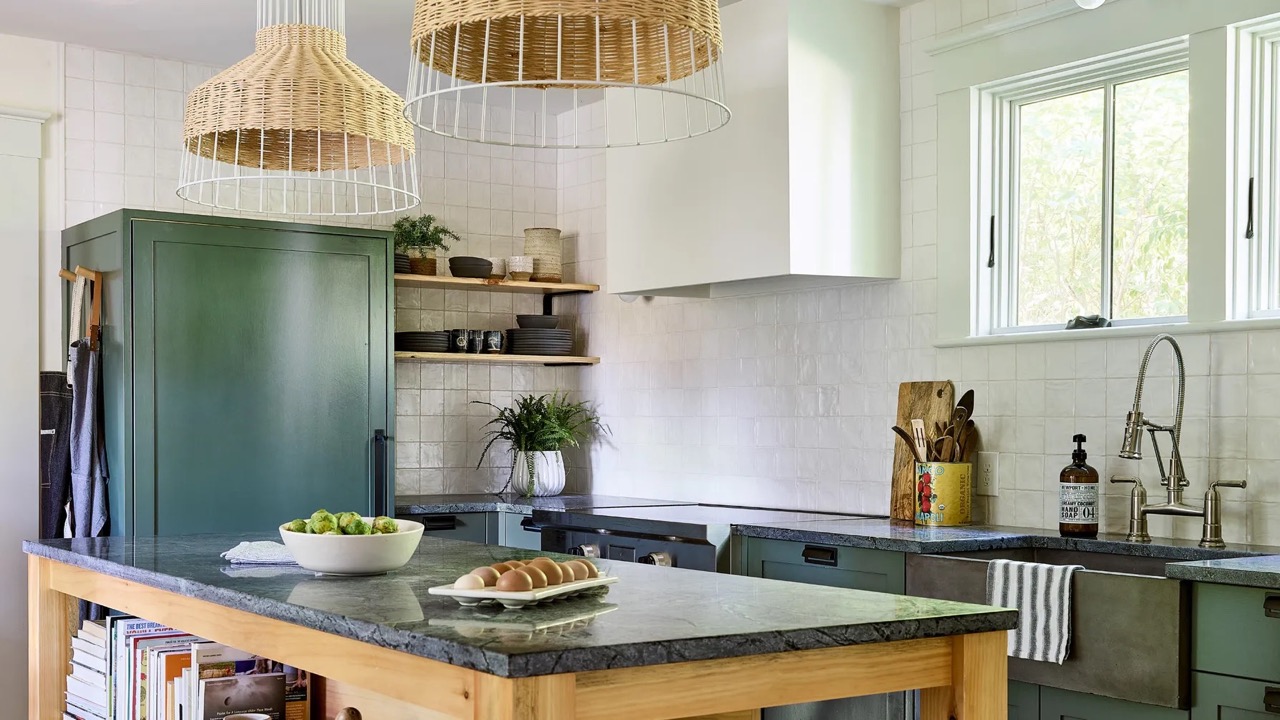

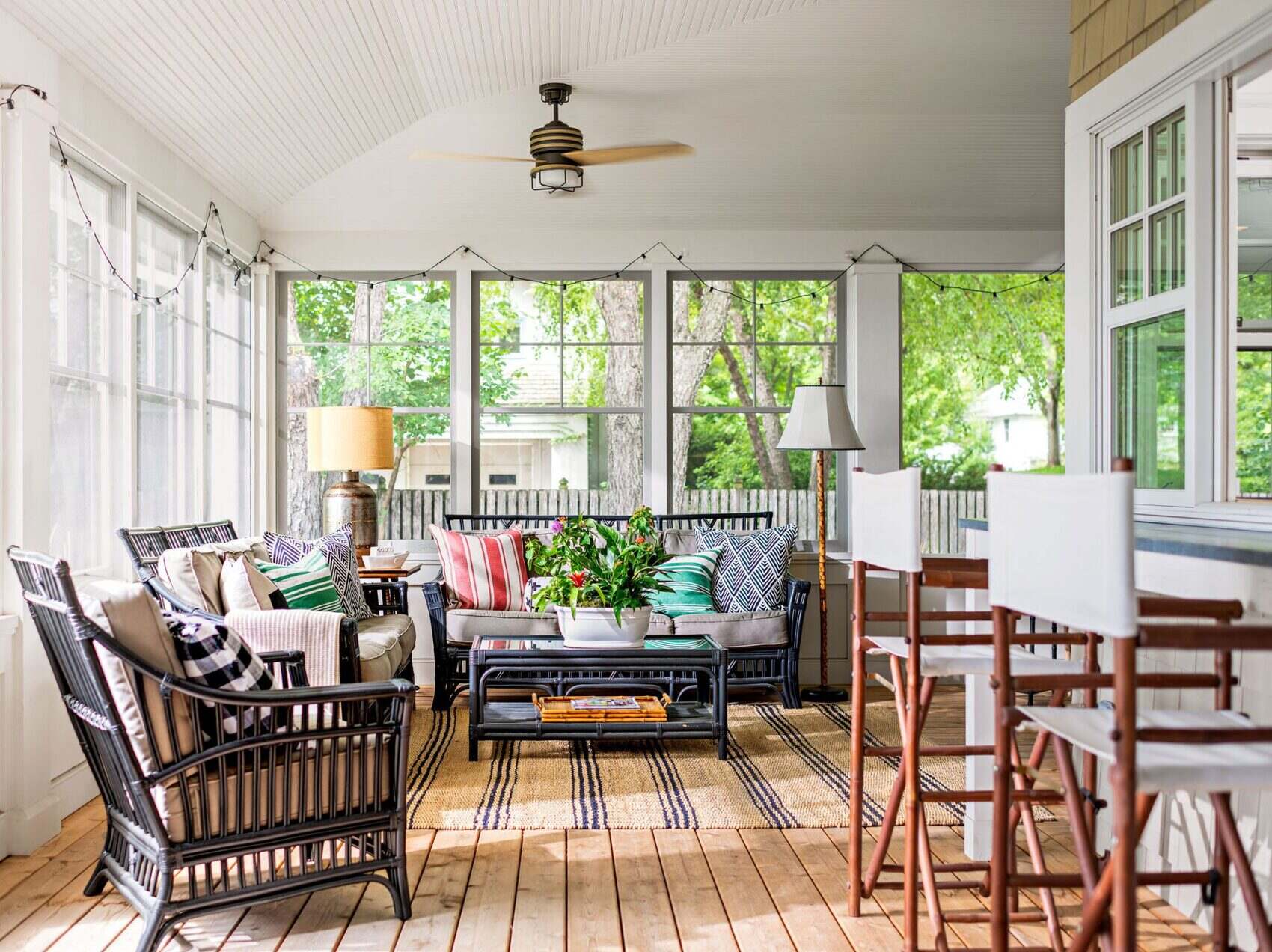
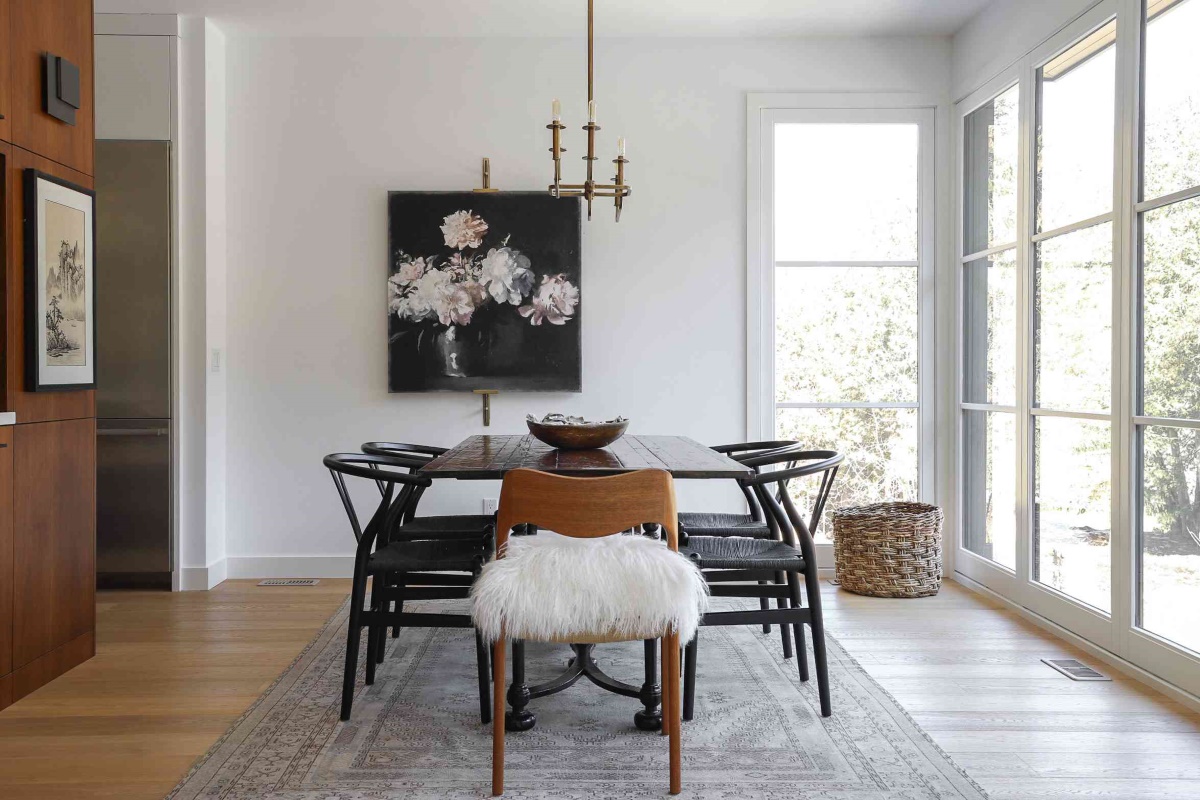
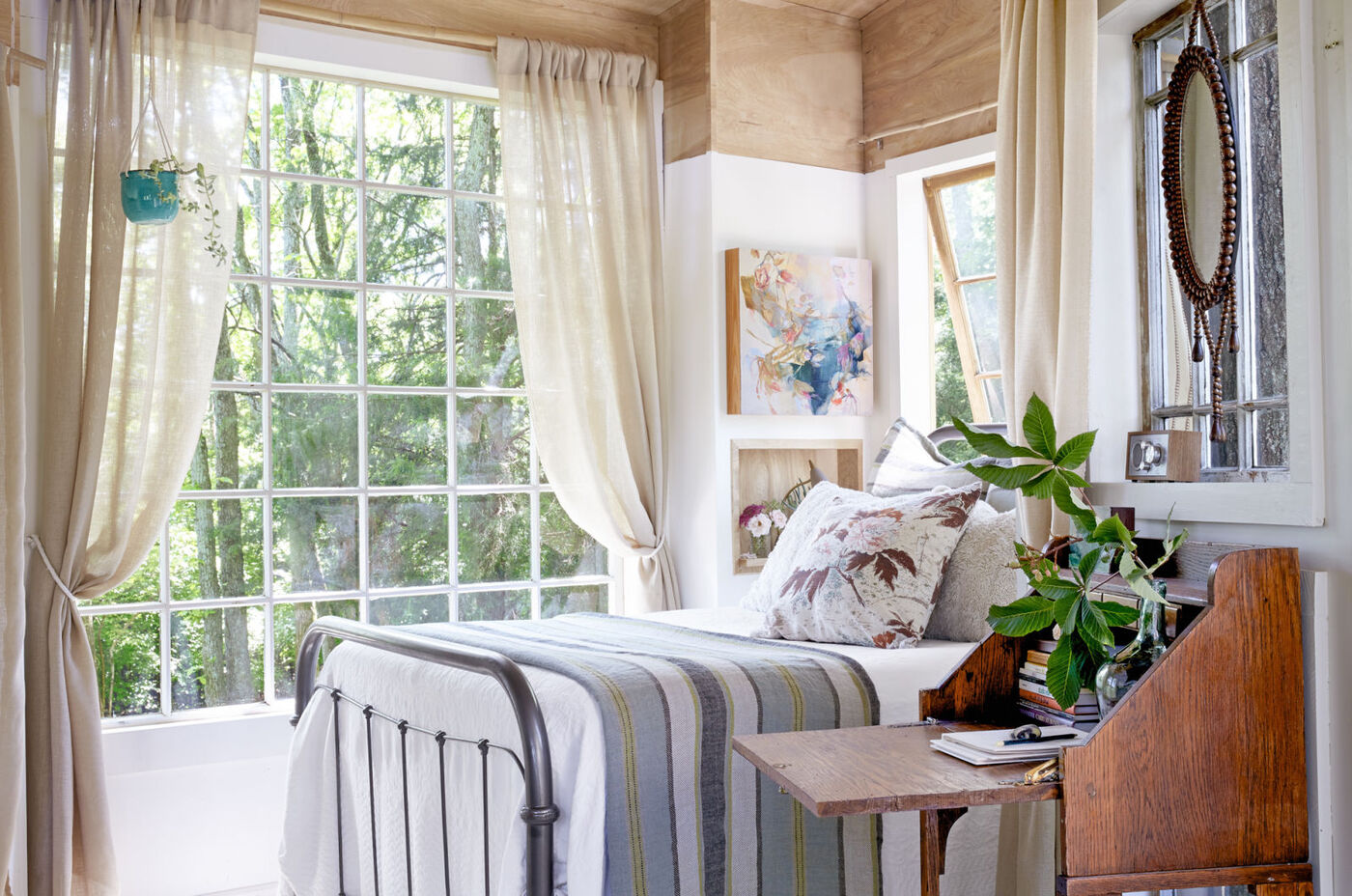
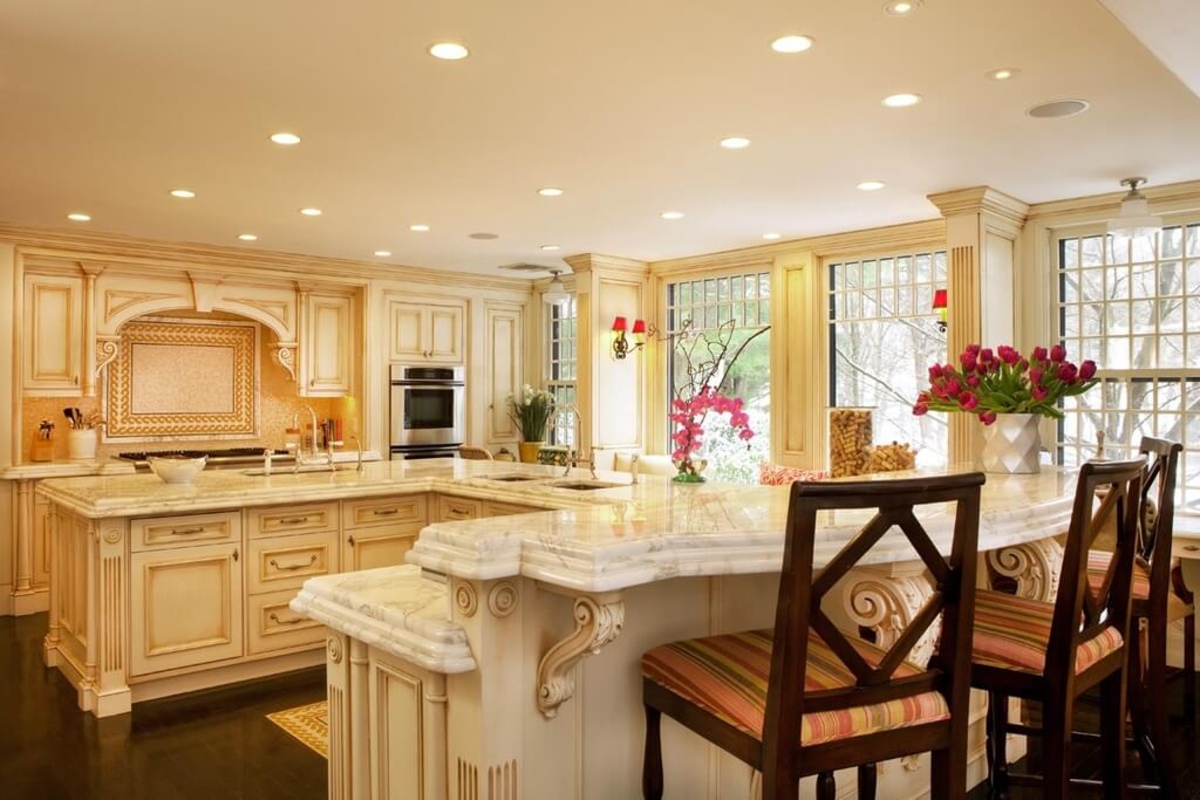
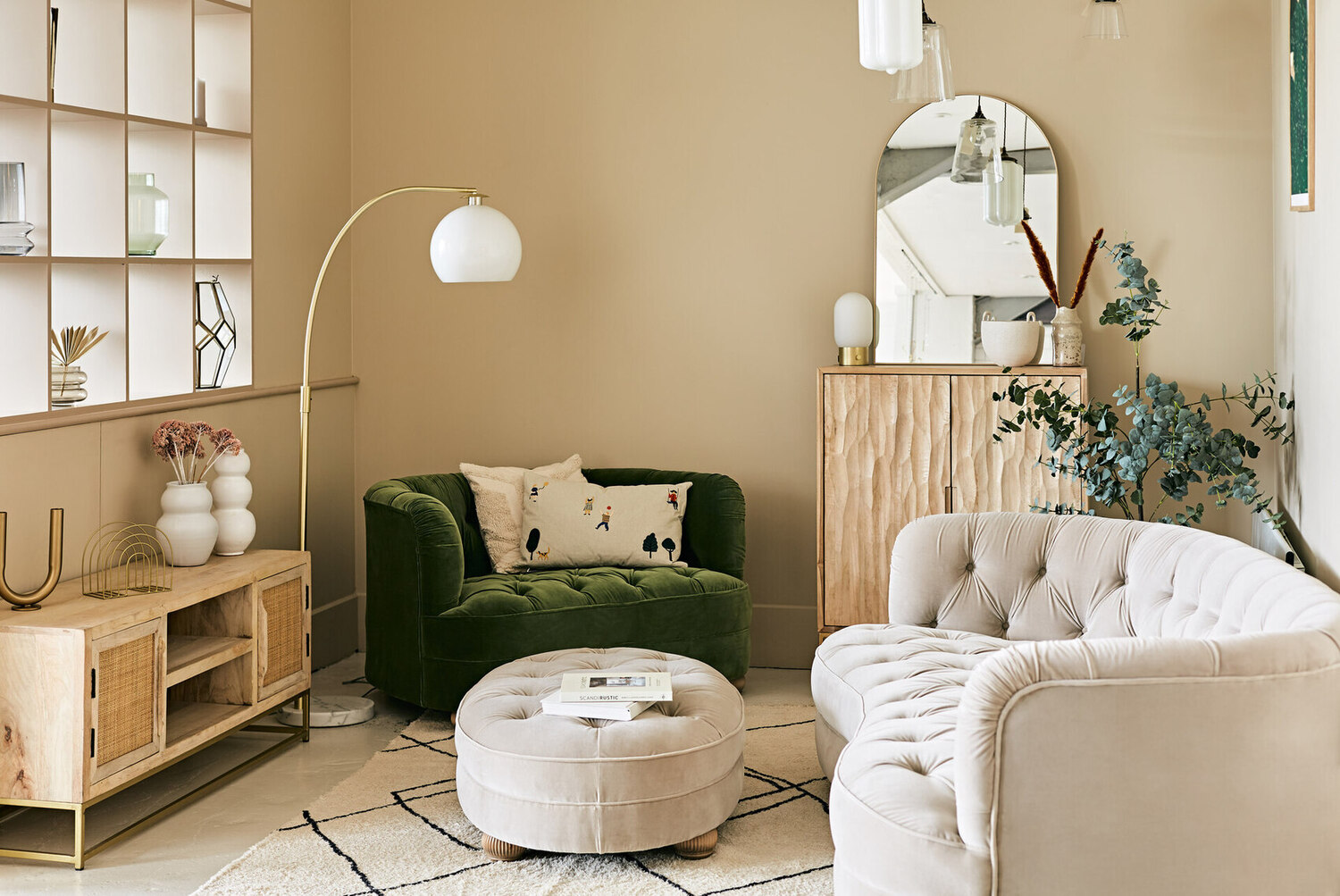
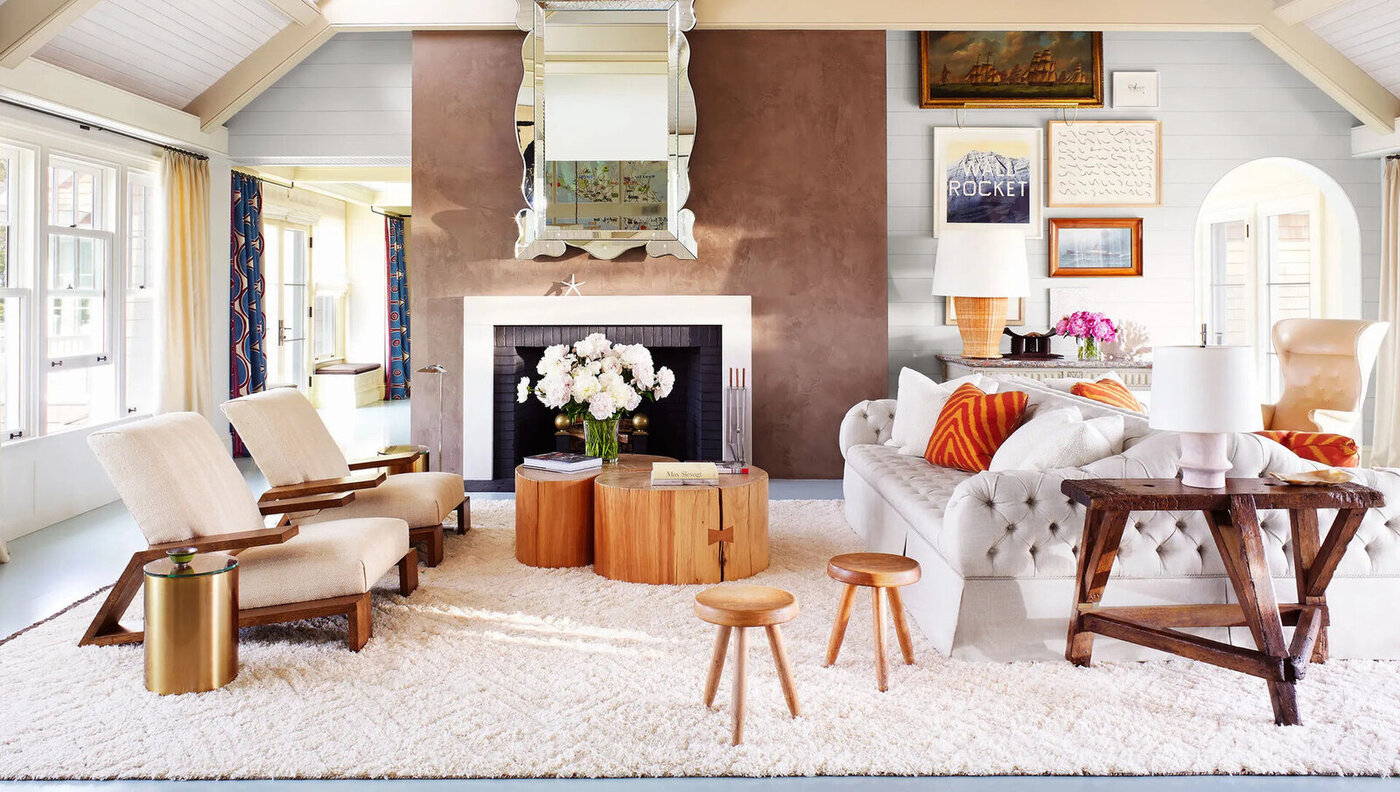
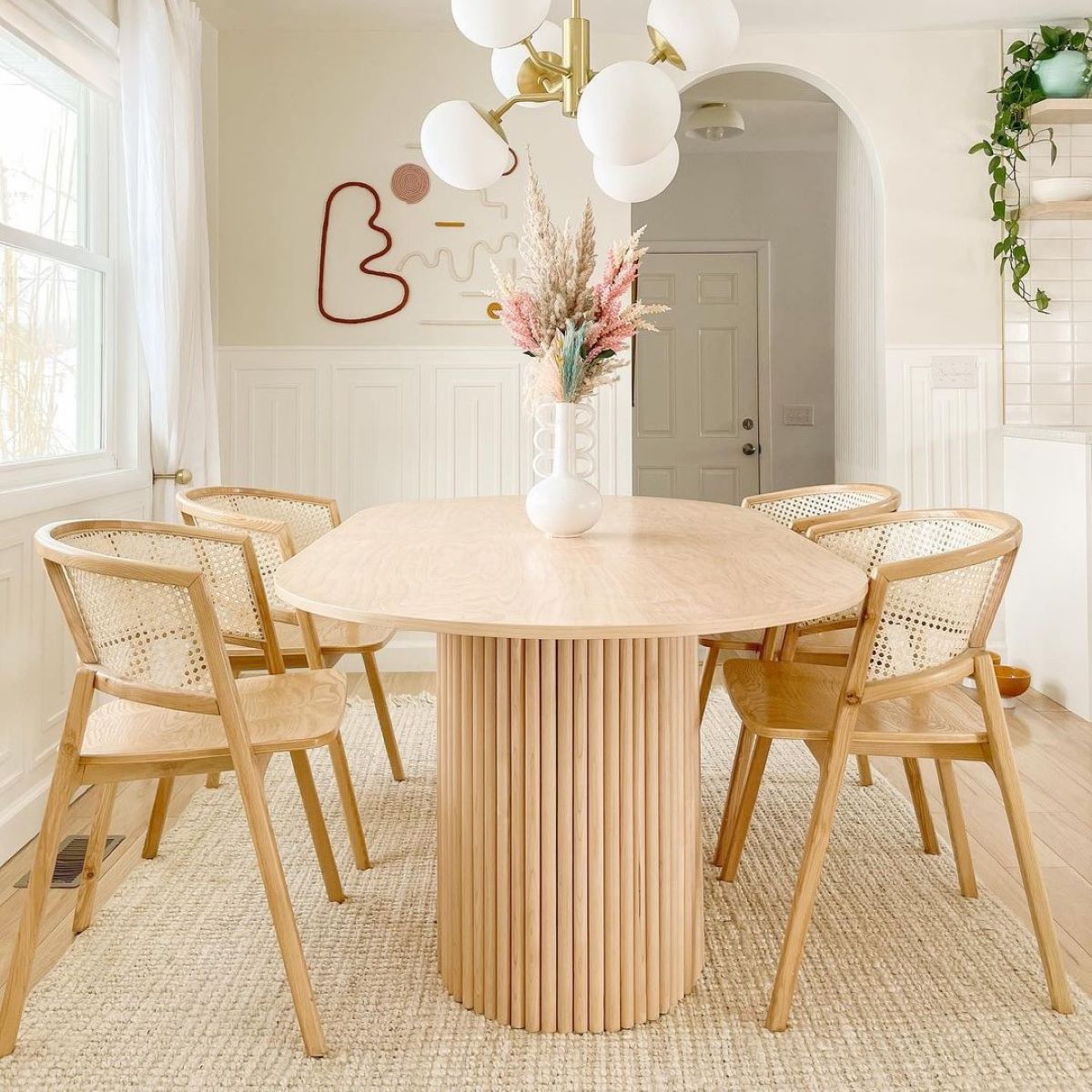
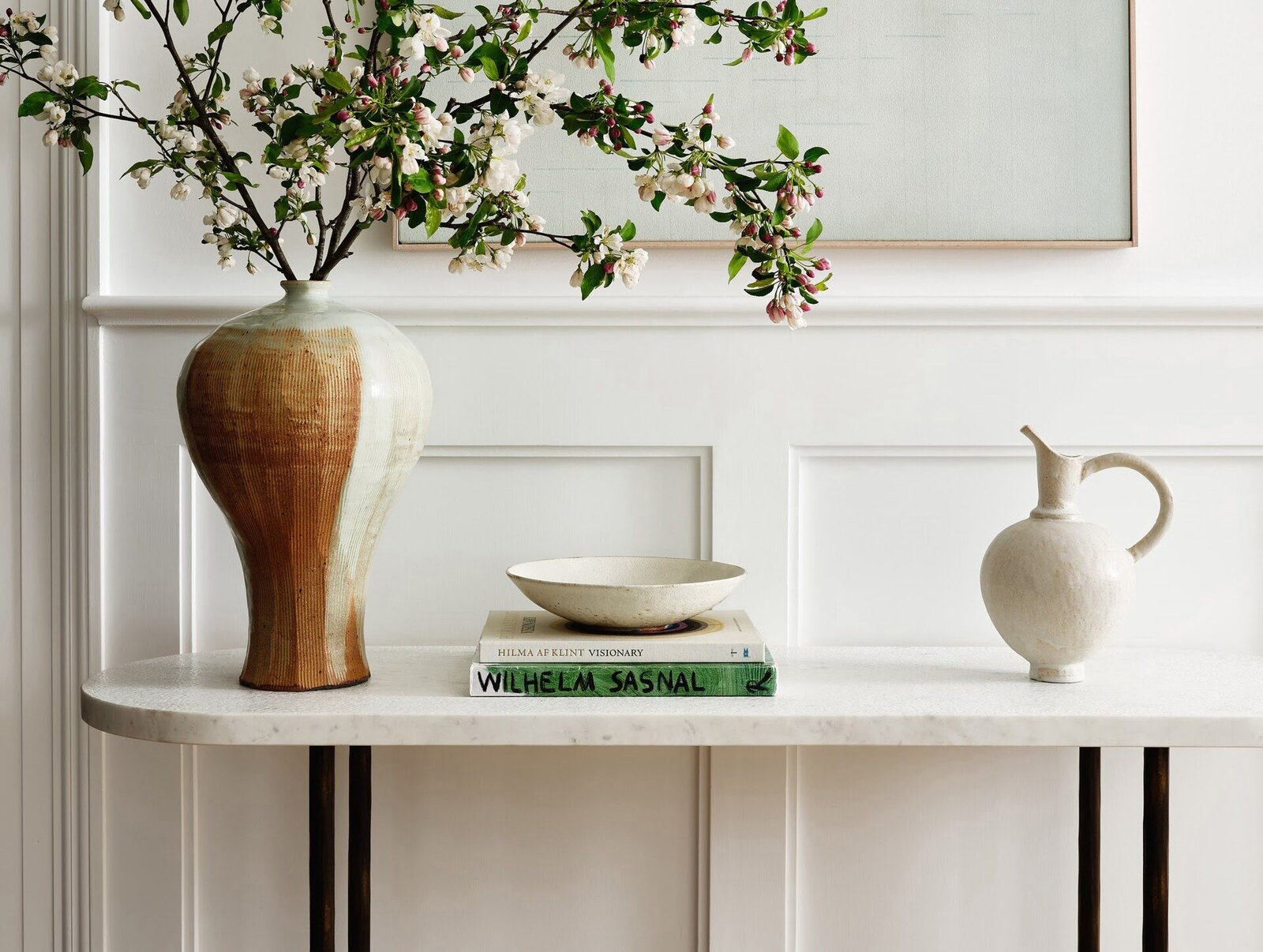

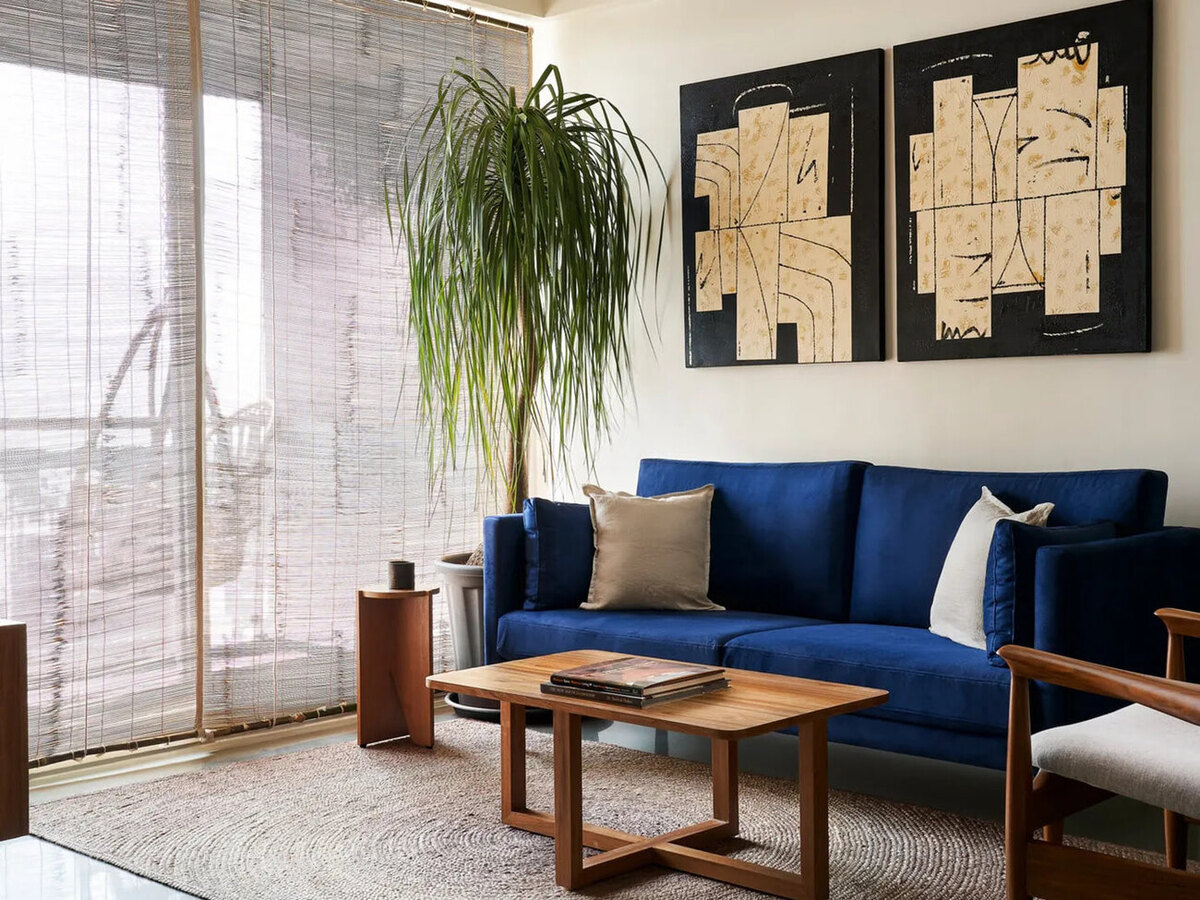
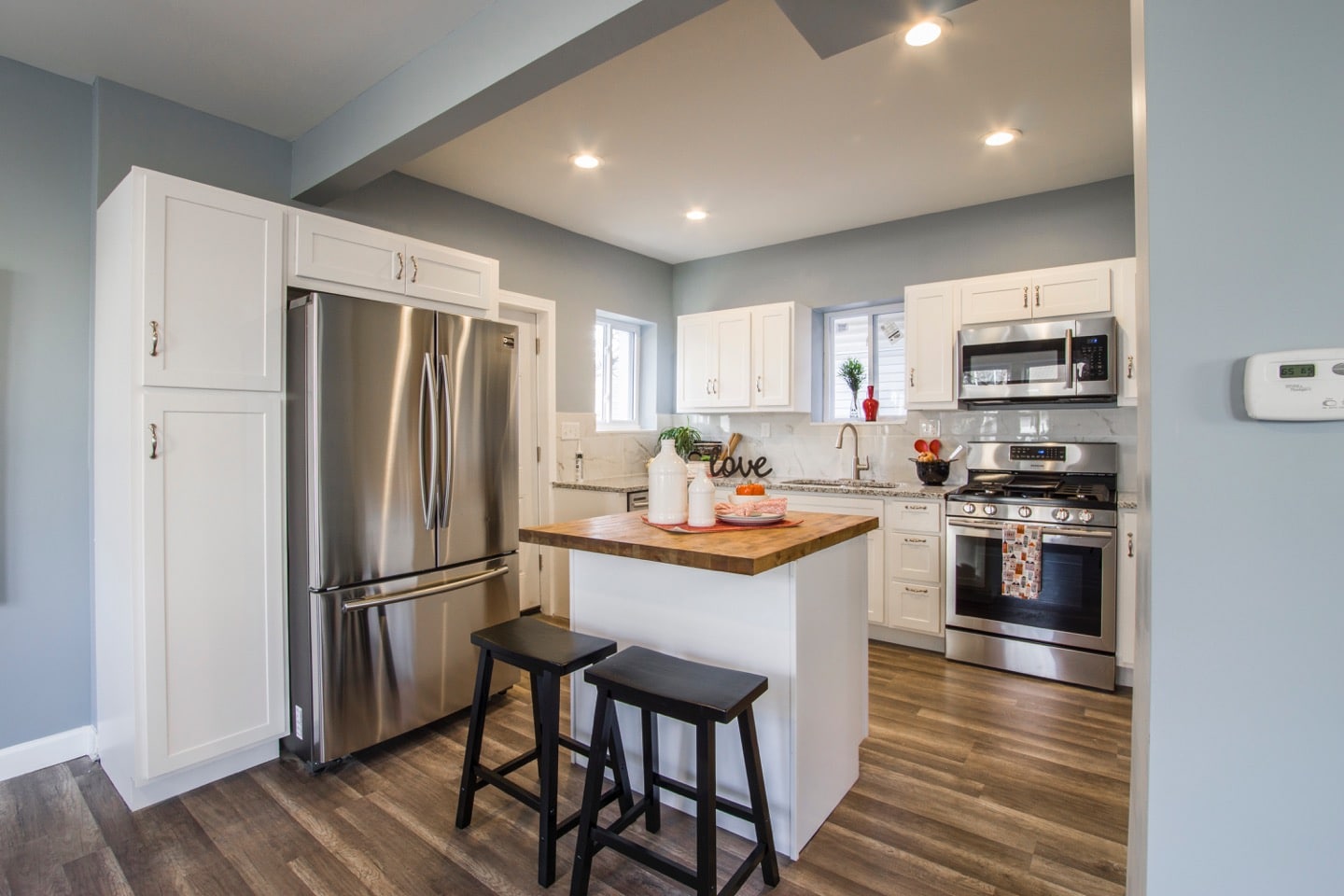

0 thoughts on “How Do I Make My Rooms Look Professionally Decorated?”